What are the advantages of Shakers for the manufacture of Beer Yeast?
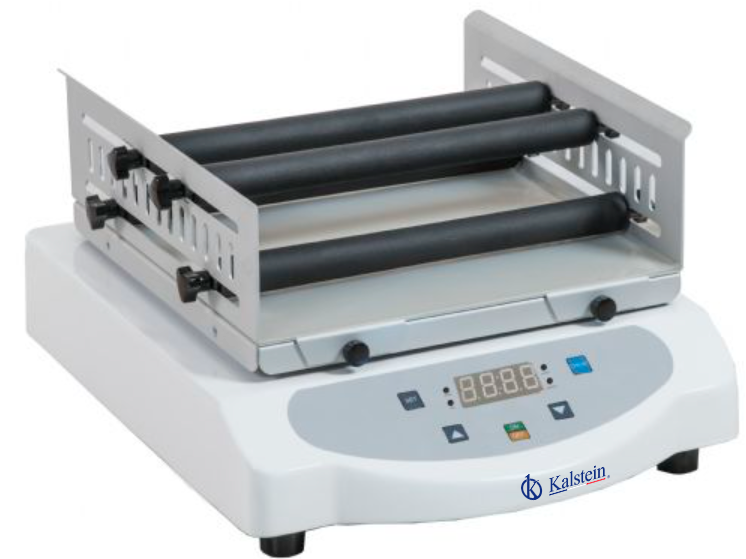
Many breweries use stirrers to make beer yeast. This is because stirrers are very effective at mixing ingredients and allow for faster and more complete fermentation. Another benefit of using stirrers is that they help keep beer more carbonated.
What types of experiments can be performed in a laboratory incubator?

An incubator is a device that creates optimal conditions for biological samples to grow and develop. In a laboratory setting, incubators are used to grow cells, bacteria, or other microorganisms as well as to grow tissue samples and store laboratory equipment and supplies. They come in a variety of sizes and designs, and can be used for a range of different types of experiments.
What advantages do Muffles offer in the Laboratory?

In many laboratories, the muffle furnace is used to heat materials to high temperatures. It is an enclosed air chamber that surrounds the material to be heated, the air is heated by a resistant and moves through the chamber to maintain a constant temperature. This is important, as it allows experiments and tests to be carried out with materials that are very sensitive to temperature fluctuations.
Dental autoclaves: How to choose the right one?
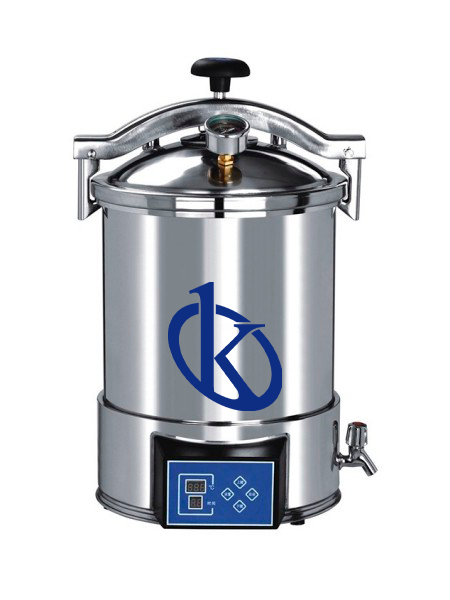
Sterilization of dental instruments. It is a very important factor in dental clinics. This important process is carried out by dental autoclaves, equipment that allows sterilization using steam at high pressure and temperature.
What are the dental instruments that are sterilized with the Gas autoclave
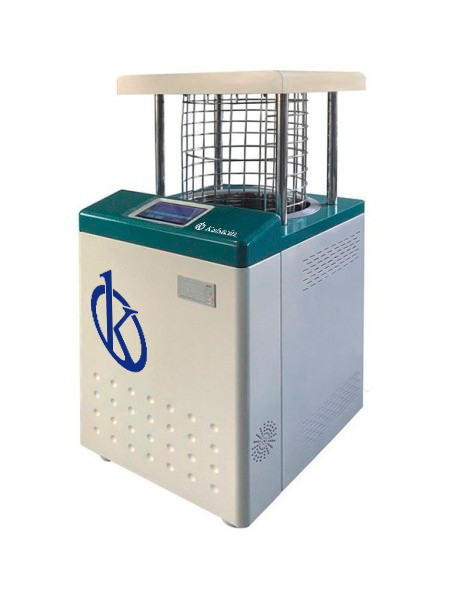
Sterilization is defined as the process by which any microorganism, including bacterial spores, is completely destroyed in a material or instrument. It can be achieved through the use of different methods, but the most commonly used in the field of dentistry, is wet heat sterilization, which is done by using an autoclave.
What are the safety protocols for dental sterilization with the use of the Gas Autoclave?
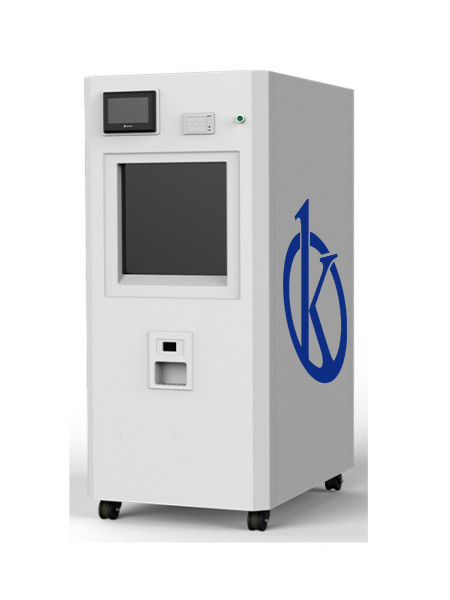
In the field of health, sterilization is a process that eliminates all living organisms, including bacteria, viruses, fungi and protozoa. It is considered the most effective method of preventing disease transmission. There are several methods of sterilization, but the gas autoclave is one of the most used in dental sterilization.
How does the Gas Autoclave for Food Conservation work?

The autoclave is a hermetic equipment designed to withstand high pressures and temperatures in the disinfection at commercial level of glass, metal and plastic containers, conditioned for the food sector, laboratory, pasteurization and sterilization of finished products.
What is an autoclave with drying?
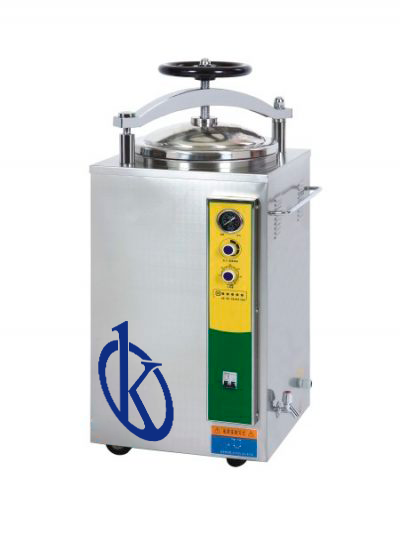
An autoclave is essentially a pressure vessel that uses steam pressure as a sterilizing agent. By increasing the pressure (above atmospheric pressure) the steam can reach higher temperatures. The additional pressure increases the boiling temperature of the water. Actually, about 20 ° C more. This effectively increases its heat content and its ability to kill. This comes from its latent heat of evaporation.
Autoclaves: what are its parts and maintenance required?

This equipment is indispensable in laboratories, clinics and surgical centers, as it is a fast, compact, versatile sterilizer; It is designed with high technology and cost-effectiveness, while offering operational efficiency and easy maintenance; the advantages of the autoclave lie mainly in the detoxification and sterilization of the material used in surgical treatments or research material; its primary function is as a sterilizing agent by treating water vapor at high temperature to destroy any microorganism found in the material.
What are the differences between N-type and B-type autoclaves?

An autoclave is a cylindrical instrument, vertical or horizontal, designed to work with a high internal pressure, and used to sterilize materials and instruments using water vapor at high pressure and temperature. This equipment consists of a metal container with thick walls and hermetic closure, which allows sterilizing under high pressure, ensuring maximum disinfection of all clinical, laboratory, and dental materials.
